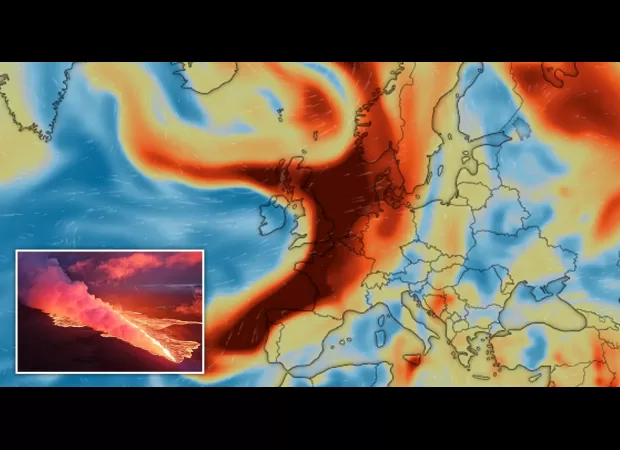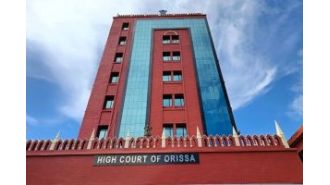UK cautioned about dangerous gas cloud spreading across country
Toxic gas plume impacts London and other cities.

A cloud of sulphur dioxide is currently making its way across Britain and other parts of Europe, thanks to the recent eruption of a volcano in Iceland. This is the sixth time the volcano has erupted since December of last year, and the effects are being felt in cities like London, Norwich, Hull, and Sunderland. The gas, also known as SO2, is primarily produced through the burning of coal or crude oil.
According to a map from Czech weather portal Windy, the plume of SO2, released during the eruption on the Reykjanes Peninsula, is slowly moving across Europe. As it travels, it is affecting at least half of the UK and also reaching parts of the Netherlands, France, and Germany. Inhaling this colorless gas can cause a range of symptoms, including a sore throat, coughing, runny nose, burning eyes, and difficulty breathing. People with asthma are particularly sensitive and may experience triggers even from low exposure.
Professor Simon Carn from Michigan Technological University has warned of the potential impacts of this plume, stating on social media that "another batch of volcanic SO2 is en route to the UK and Ireland." He adds that it is a result of the latest eruption on Iceland's Reykjanes peninsula and may cause some local air quality issues in the coming days.
This eruption comes after the Icelandic government declared a state of emergency on Thursday. The eruption, which started shortly after 9 pm, was preceded by a series of strong earthquakes. Footage of the event shows red hot lava bubbling up and flowing out of the Sundhnúks crater row in the south-west of the country. The Icelandic Meteorological Office has estimated that the lava flow traveled about 1km in just 10 minutes.
Despite the eruption, authorities have stated that the effects remain localized and do not pose a threat to the population. The nearby town of Grindavik, which has been evacuated in the past due to volcanic activity, is not in danger this time. Halldór Björnsson, from the Norwegian Meteorological Agency, has reassured the public that the lava flow is not heading towards the town. Geophysicist Magnús Tuma Guðmundsson, who flew over the eruption, also stated that it is likely to subside in the near future and will not cause further harm.
The eruption also caused the evacuation of the nearby Blue Lagoon geothermal spa, which is a popular tourist attraction in Iceland. Videos on social media show sirens blaring around dusk as guests were asked to leave. However, the spa is expected to reopen soon, according to Helga Árnadóttir, manager of sales, operations, and services, who spoke to national broadcaster RUV.
Iceland, being situated above a volcanic hot spot, experiences eruptions approximately every four to five years. One of the most disruptive eruptions in recent history was the 2010 eruption of the Eyjafjallajokull volcano, which caused widespread disruption to air travel for months due to the ash clouds it produced.






